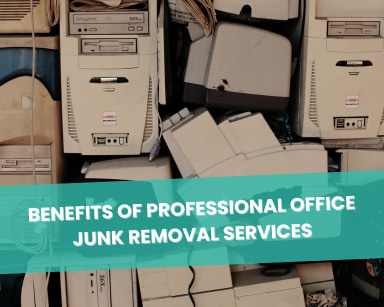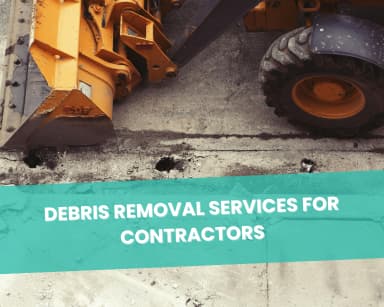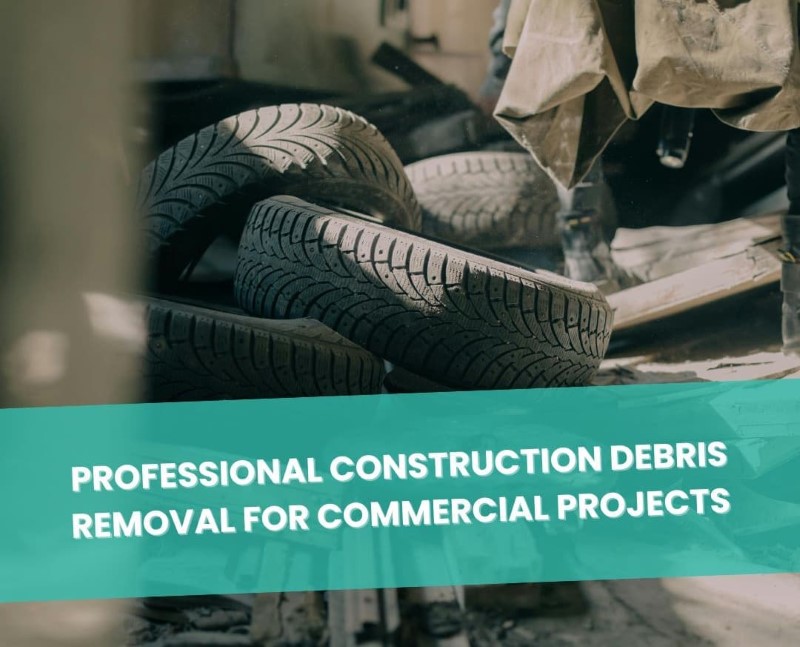How to Remove Construction Debris the Right Way
In the bustling world of construction, time and tidiness reign supreme. As projects wrap up or shift gears, heaps of debris often linger. You’ll encounter drywall, shattered tiles, insulation galore, and remnants of timber. To keep schedules on track and job sites safe, we must remove this waste quickly and effectively. A solid plan for clearing construction debris can help with this.
Removing construction debris with minimal disturbance can simplify tasks. It reduces responsibility and helps teams stay focused. This applies whether they are handling a large commercial refurbishment or managing multiple sites.
Table of Contents
Why Construction Debris Cleanup Matters
Construction sites are busy places with many moving parts. Coordination is key for everyone, from general contractors to subcontractors. Uncontrolled debris causes physical risks that impede operations and raise danger. Good construction debris clean up is a safety and productivity concern more than a housekeeping matter.
Debris can hide tools and supplies, block work areas, and create risks for heavy machinery. A clean site helps work go faster and avoids delays.
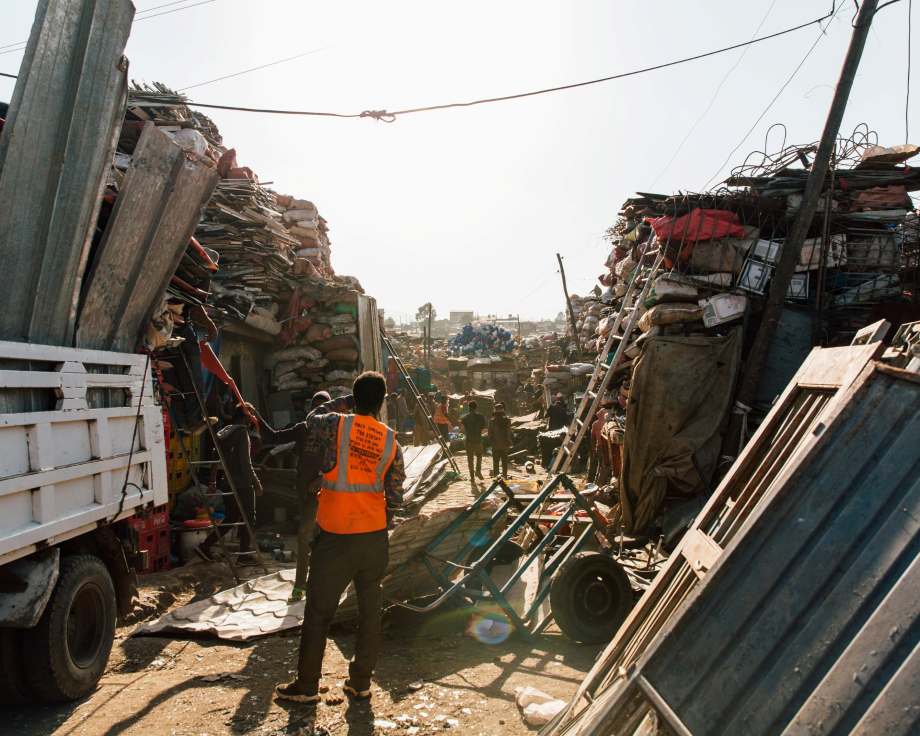
Understanding What Counts as Construction Debris
The range of materials generated during construction is wide. Common examples include:
- Concrete rubble
- Drywall fragments
- Metal scraps
- Roofing materials
- Insulation waste
- Wood and framing offcuts
- Stone or tile remnants
These items vary in size and composition. They usually need special handling and large-scale transport. Therefore, commercial teams must manage construction debris clean up which requires tools and logistics that match the waste’s size.
Smart Construction Debris Removal
Good planning and logistics are key for removing building debris. Quick fixes or small solutions can lead to inefficiencies and higher labour costs.
Here are key steps to ensure smooth construction debris pickup:
1. Schedule Regular Pickups in Advance
Setting up regular debris pickup is smart for phased projects or ongoing developments. This process helps teams focus on construction instead of cleaning. It also prevents clutter from building up.
2. Use On-Site Coordination for Access and Safety
Proper scheduling and clear communication ensure pickup teams arrive at the right times. This gives safe access to loading zones. It protects tools and workers while also minimizing site disruption.
3. Scale the Solution to the Project
Large business buildings need more than just a few dumpsters and a hauling team. To manage waste effectively, strong construction debris pickup systems must include bulk lifting equipment, safe transport, and proper load tracking.
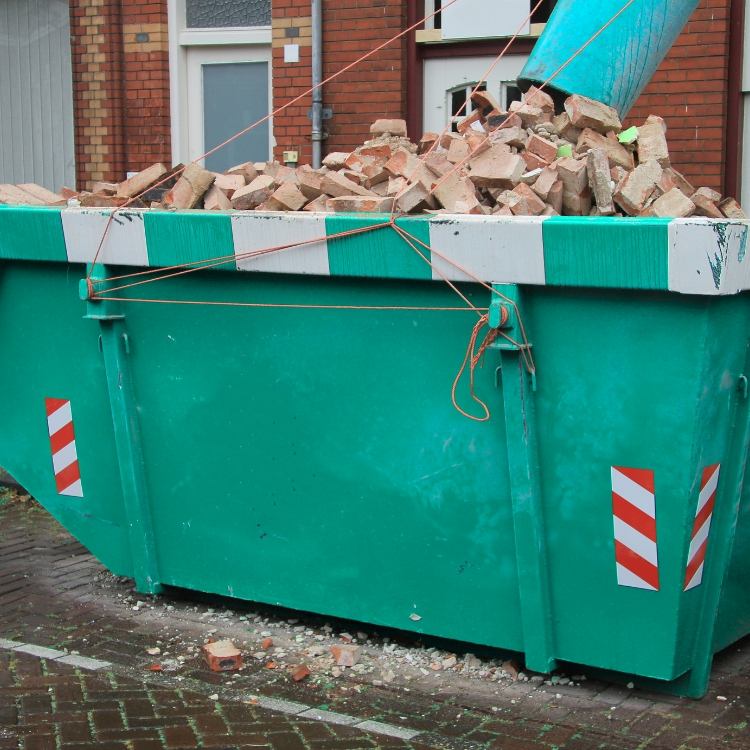
Choosing the Right Partner for Debris Removal
Suppliers who know how to handle commercial debris removal help construction teams. When choosing suppliers, consider these offerings:
- Regional pricing transparency for accurate budgeting
- Custom pickup schedules to match your construction phases
- Centralized account management for multi-location support
- Detailed service reporting for record-keeping and compliance tracking
Professionals ready to meet commercial needs make sure everything runs smoothly from the start. This cuts down on delays and keeps the site clear.
Avoid These Common Mistakes
Experienced staff may encounter cleaning challenges. Avoiding these mistakes can save costs and prevent delays.
1. Delaying Debris Pickup
Delaying debris cleanup forces your staff to work around material piles. This increases the chance of injuries. It also slows productivity by blocking access to important areas.
2. Underestimating the Volume
On big projects, waste builds up quickly. If you underestimate, it can cause overflow and lead to last-minute scrambling. This may also mean more hauling trips. Always plan for more capacity than you expect.
3. Lack of Centralized Oversight
Without a single point of contact for logistics, pickups can spread across different sites or workers. A central communication channel ensures consistency. It prevents confusion and keeps the cleanup process aligned with project milestones.
Long-Term Debris Management for Ongoing Projects
Ongoing waste generation can make some commercial building projects last for months or even years. A continuous program for construction debris clean up is the best choice in these cases. Recurring service keeps sites running smoothly. It supports staging needs and adds cleanup to your build schedule naturally.
For general contractors managing multiple properties or large developers, this setup offers consistent, reliable service. They won’t need to re-coordinate for each pickup. Improved site cleanliness, bulk service plans, centralised billing, and performance tracking help lighten the administrative load.
Final Thoughts
Picking up construction waste is not just a task at the end of a project. It is key for smooth operations from day one. Clean sites are productive sites. Removing waste as it appears prevents delays and helps keep the workplace safe and organised.
Your method to remove construction debris should match your project schedule in importance. Strong logistics, bulk handling, and reliable service partners will keep you on track. They will also stop clutter from slowing your progress.

